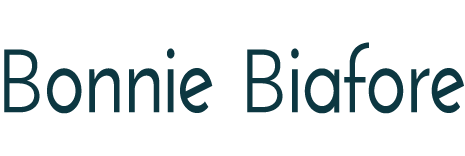Helping Your Sponsor to Be More Helpful
Sponsors often aren’t effective because they don’t know what to do besides kick off a project. Here are things you can do to help your sponsor be more helpful to the project.
- Facilitate meetings with influential stakeholders. First, you analyze stakeholders to determine the project’s most influential ones. Set up small group or 1-on-1 meetings with those stakeholders and the sponsor, prioritizing those with the most influence. Prepare an agenda and review it with the sponsor in advance, helping the sponsor develop appropriate messaging for each session. Note: Some of the most critical meetings could be with influential stakeholders who aren’t engaged in the project but should be. If possible, set up meetings with those stakeholders as well.
- Recommend creating a steering committee. An ideal sponsor has the necessary funding, control over project resources, and the business process and technical skills to guide the project manager and team members. It’s rare for an individual to have all of these, but a sponsorship committee with more than one person can. If the individual sponsor hasn’t realized that they need support, you can recommend a steering committee with that person as chairperson – and they act as the public-facing sponsor. You can also draft terms of engagement for the sponsorship committee, prepare agendas, and take minutes to support the sponsor.
- Help the sponsor communicate adjustments to the project vision. Things change as projects progress. Approved project changes can change scope. With agile, the project’s direction can change substantially as business and technical team members learn from each other and the products they create. Project managers or scrum leaders can work proactively with sponsors (or product owners) to keep their understanding up to date and help them communicate effectively with key stakeholders.
- Help assess and adjust work priorities. Most project teams work against an ongoing battle of priorities. Team members typically have day-to-day operational responsibilities to fulfill with project duties allocated on top of those. Yet, they rarely get clear guidance on what to work on when. Prioritization of project vs. operational work is left to the individual project team member. To manage the schedule, project managers can collect data and inform sponsors about the planned versus actual hours people dedicate to the project. Once the sponsor has this data, they are usually more willing to work with the project manager and team members to determine whether operational and project work priorities support business needs or whether adjustments are needed.
Do you have any tips for making a sponsor more helpful to the project? Or need advice for working with a challenging sponsor? Share with us in the comments section.
For more about sponsors, check out Antonio Nieto-Rodriguez’s How to Be an Effective Project Sponsor course.
Coming Up
Looking to set up agile projects for success, as well as creating custom fields to track elements unique to the agile project method. My updated Agile Project Management with Microsoft Project course has been published! Click here to watch.
_______________________________________
This article belongs to the Bonnie’s Project Pointers newsletter series, which has more than 88,000 subscribers. This newsletter is 100% written by a human (no aliens or AIs involved). If you like this article, you can subscribe to receive notifications when a new article posts.
Want to learn more about the topics I talk about in these newsletters? Watch my courses in the LinkedIn Learning Library and tune into my LinkedIn Office Hours live broadcasts.


Leave a Reply
Want to join the discussion?Feel free to contribute!